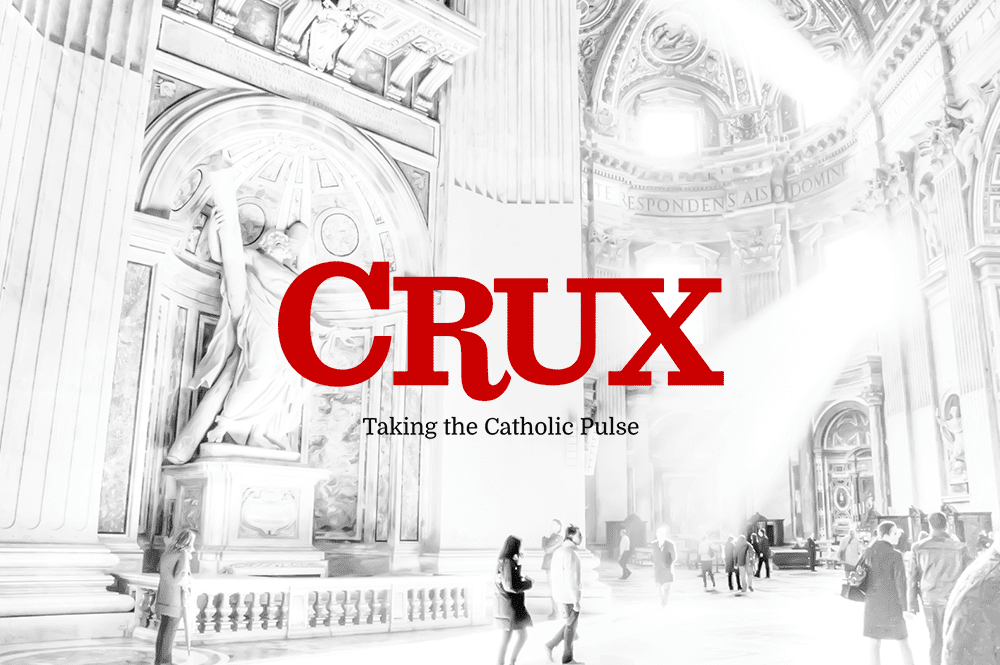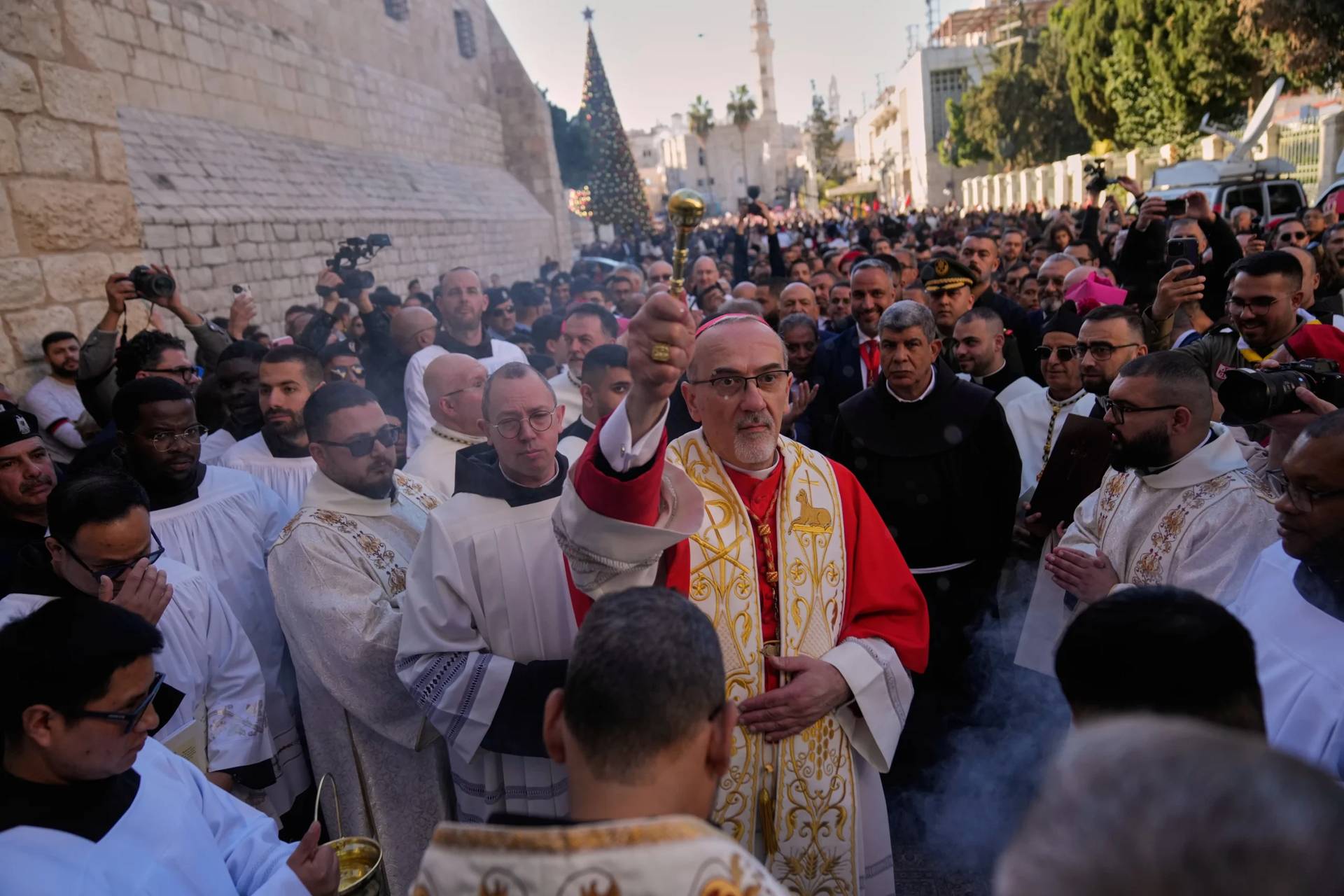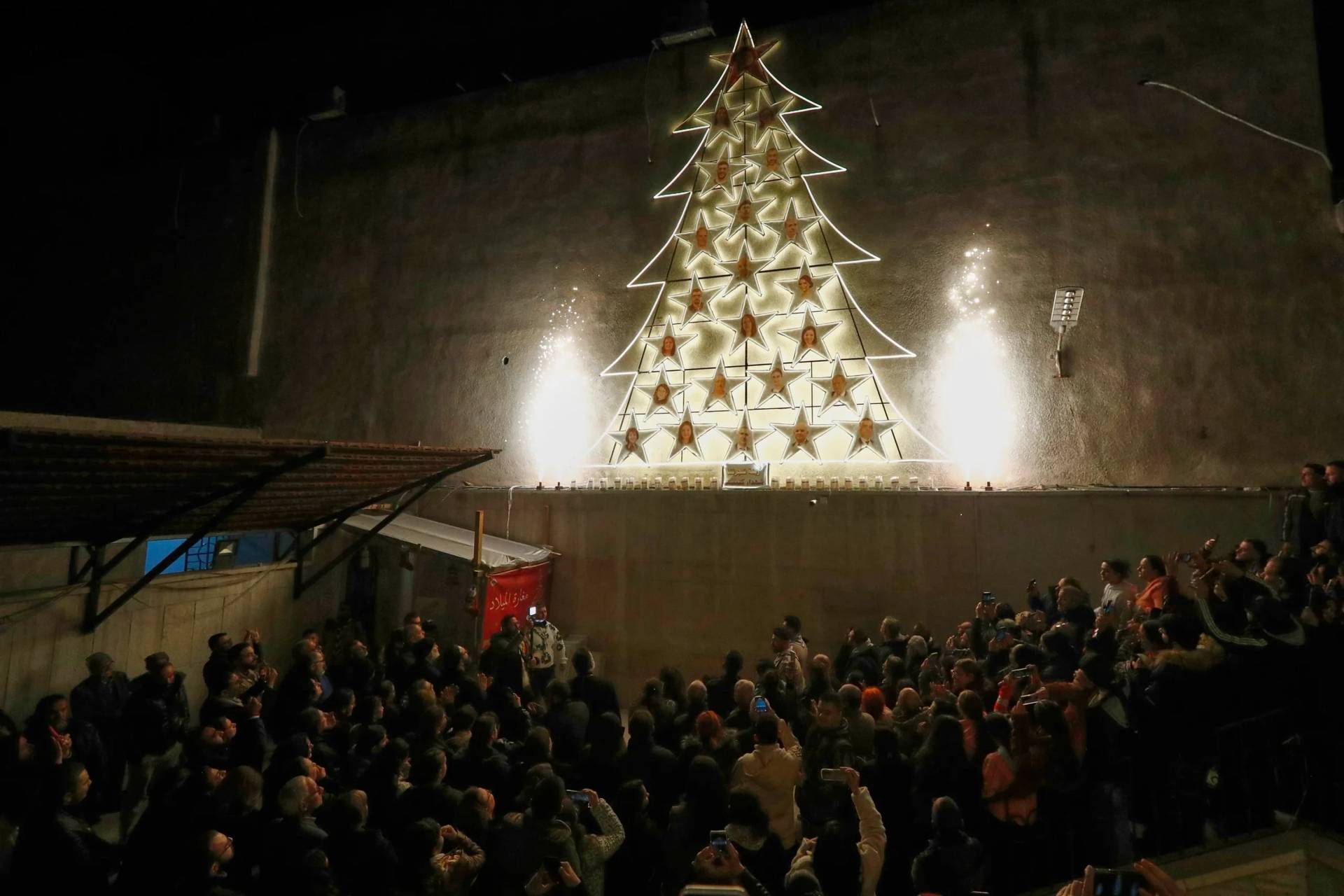Q. We’ve been having a bit of a debate among some parishioners and are hoping that you can help solve it. What is the rule for flowers on the altar in a Catholic church: Do they have to be fresh, or can they be artificial? (Columbus, Ohio)
A. Not to be technical, but I will assume that by the words “on the altar,” you really mean “in the sanctuary.” Next, although some parishes may (and do) have rules against using artificial flowers, I cannot find in the law of the Church any universal prohibition.
The current General Instruction of the Roman Missal, while it notes in No. 305 that “floral decoration should always show moderation,” is short on specifics.
In the year 2000, the US Conference of Catholic Bishops published liturgical guidelines under the title “Built of Living Stones.” That document says in No. 129 that “the use of living flowers and plants, rather than artificial greens, serves as a reminder of the gift of life God has given to the human community.”
But those words speak to a preference rather than a prohibition.
Finally, to go back to your question, if by “on the altar” you really did mean the table of the eucharistic sacrifice, then the General Instruction of the Roman Missal is quite clear when it says in No. 305 that floral decoration should always “be arranged around the altar rather than on the altar table.”
Q. Pope Francis’ new “rules” on annulments sound like the answer to my long-held concerns. Many years ago, my wife filed for divorce. We were parents of five children, but my wife decided that she was interested in another man.
The divorce was granted, and she moved in with him. Seven years later, I met a wonderful woman and we have now been married for 27 years.
I was raised a Catholic, continue to attend Mass and would like very much to have my marriage recognized by the Catholic Church. (My present wife and I were married in a Protestant church where her father had been the pastor, and she continues to be active in that parish’s activities.) Do you think my chances for an annulment have increased considerably, based on Pope Francis’ latest comments? (Henrico, North Carolina)
A. Pope Francis’ changes in the Church’s annulment procedures (announced in September 2015) are designed to bring speed and simplicity to the process. They do not, however, alter or expand the grounds for obtaining an annulment. Marriage is still regarded by the Church as a lifelong commitment that is indissoluble. For an annulment to be granted, it needs to be shown that there was not really a marriage to start with — i.e., that something was gravely wrong from the beginning, such as a lack of informed consent, which would have prevented a valid marriage in the Church’s eyes.
Typical cases might be: the unwillingness of a spouse to have children; notable emotional immaturity or instability (on the part of one spouse or both); or even such a fundamental disharmony of values so as to render a permanent commitment virtually impossible. (Sometimes it is possible to demonstrate such circumstances even when a marriage has lasted several years.)
Among the changes announced by Pope Francis is the elimination of an automatic review by a second panel of Church judges whenever a decree of nullity has been granted. (This alone could reduce the length of the process by several weeks or even months.)
Another change creates the possibility of an abbreviated process, presided over by a local bishop, in a case where evidence favoring an annulment is especially clear — such as an extramarital affair at the time of the wedding or immediately after. And the pope cautioned local tribunals to reduce administrative fees for an annulment to a minimum or even eliminate them entirely (as several US dioceses have already done).
Linking these new, more user-friendly steps to the forthcoming Holy Year of Mercy, Pope Francis noted that justice demands a quicker, less cumbersome process so that “people can move on without having this doubt, without this weight in their souls.”

















